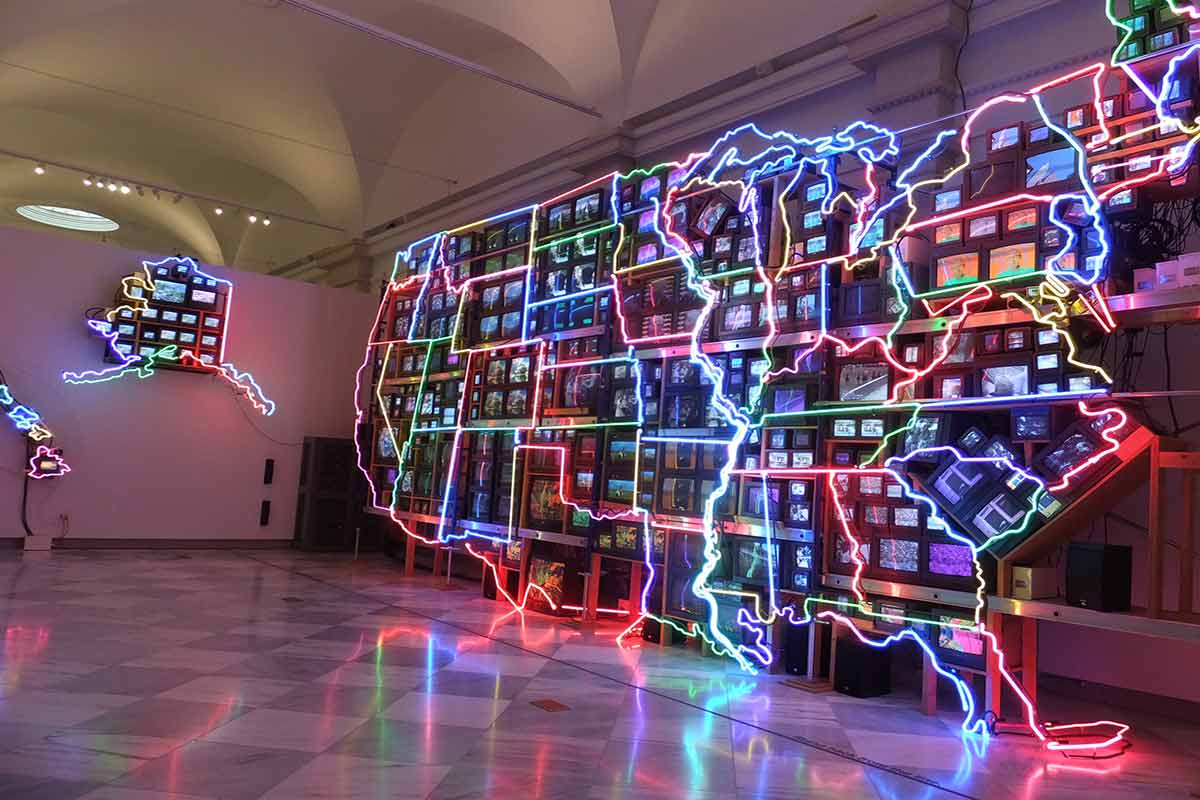Art and Technology: Exploring the Intersection of Creativity and Digital Tools
Art has always evolved alongside technological advancements, continually pushing boundaries and redefining creative expression. In recent decades, the integration of digital tools and technologies has revolutionized the art world, offering artists new avenues for experimentation, collaboration, and expression. This article delves into the dynamic relationship between art and technology, exploring how digital tools have transformed artistic practices, expanded artistic possibilities, and shaped the future of creativity.
Historical Perspective: Art and Technological Advancements
Throughout history, artists have embraced technological innovations to explore new artistic expressions:
- Renaissance and Perspective: The development of linear perspective in painting during the Renaissance revolutionized spatial representation, influencing artists like Leonardo da Vinci and Michelangelo.
- Photography and Realism: The invention of photography in the 19th century challenged traditional artistic practices, leading to the emergence of realism and impressionism.
- Digital Revolution: The rise of digital technologies in the late 20th century marked a significant shift in artistic creation, paving the way for digital art, multimedia installations, and interactive experiences.
Impact of Digital Tools on Artistic Practices
Digital tools have democratized art creation and transformed traditional artistic processes:
1. Digital Painting and Illustration:
- Software Tools: Programs like Adobe Photoshop and Corel Painter enable artists to create digital paintings with sophisticated brushes, textures, and layering techniques.
- Tablets and Styluses: Digital drawing tablets and styluses simulate traditional drawing and painting techniques, offering artists precision and flexibility in their work.
2. 3D Modeling and Sculpture:
- Computer-Aided Design (CAD): Artists use software like Blender and Autodesk Maya to create intricate 3D models and sculptures, exploring spatial dimensions and virtual environments.
- 3D Printing: Advances in 3D printing technology allow artists to materialize digital designs into physical sculptures and installations, bridging the gap between virtual and tangible art forms.
3. Digital Photography and Manipulation:
- Digital Cameras: High-resolution digital cameras capture detailed images, while post-processing software like Adobe Lightroom and Photoshop allows for creative editing and manipulation.
- Compositing and Collage: Artists blend photographs, textures, and digital elements to create surreal and conceptual artworks that challenge perceptions of reality.
Collaborative and Interactive Art Experiences
Technology has facilitated collaborative and interactive art forms that engage audiences in new ways:
- Virtual Reality (VR) and Augmented Reality (AR): Artists create immersive experiences where viewers can interact with digital artworks in virtual or augmented environments.
- Interactive Installations: Sensor-based installations and multimedia exhibits invite audience participation, blurring the lines between art, technology, and viewer engagement.
Ethical and Philosophical Considerations
As art becomes increasingly intertwined with technology, ethical and philosophical discussions arise:
- Copyright and Ownership: Digital art raises questions about intellectual property rights and ownership in the digital age.
- Accessibility and Inclusivity: Technology-driven art forms should consider accessibility standards to ensure that all audiences can engage with and experience art.
- Digital Preservation: Preserving digital artworks presents challenges in maintaining authenticity and ensuring longevity in an ever-evolving technological landscape.
Future Directions and Innovations
Looking ahead, technology continues to shape the future of art with advancements in artificial intelligence (AI), machine learning, and immersive technologies:
- AI-Generated Art: AI algorithms are used to create artworks, challenging notions of authorship and creativity.
- Biotechnology and Bioart: Artists explore intersections between art and biology, creating artworks with living organisms and genetic materials.
The integration of digital tools and technologies has redefined artistic practices, expanded creative possibilities, and transformed the way we experience and interact with art. From digital painting and 3D modeling to interactive installations and virtual reality experiences, artists continue to innovate and push boundaries in the digital age. As technology evolves, the dynamic relationship between art and technology will continue to inspire new forms of expression, collaboration, and artistic exploration, shaping the future of creativity in profound and unforeseen ways.






































